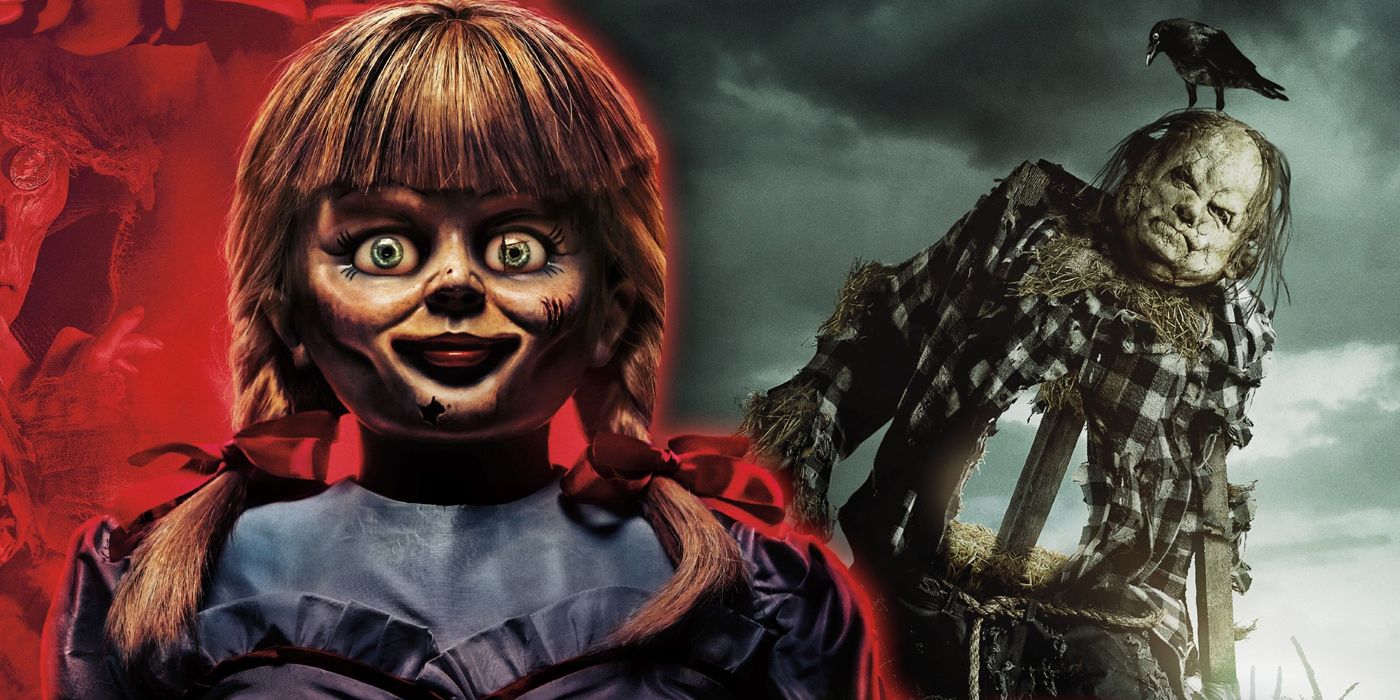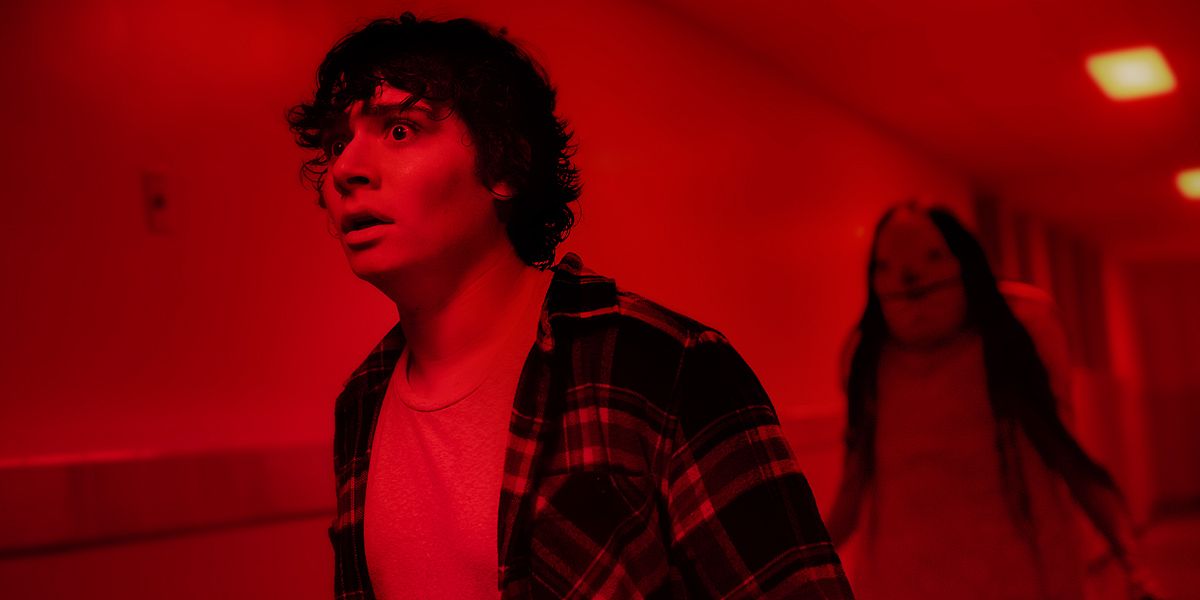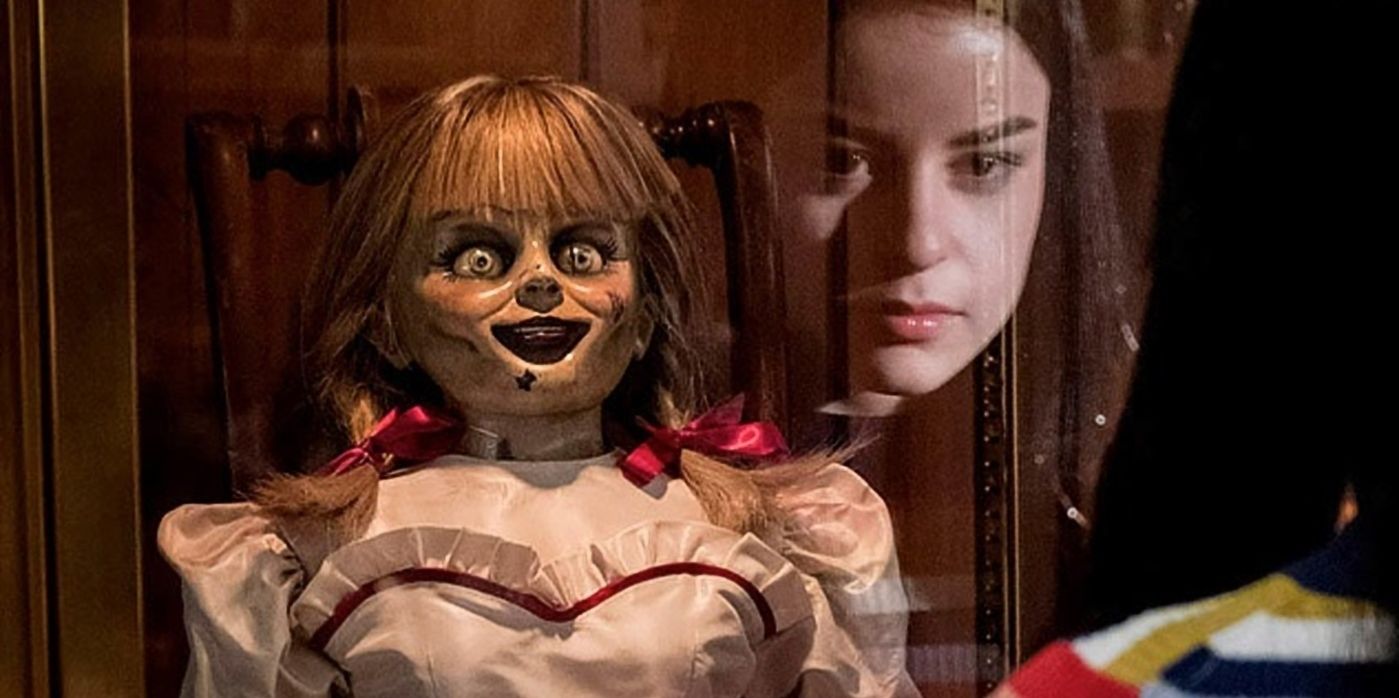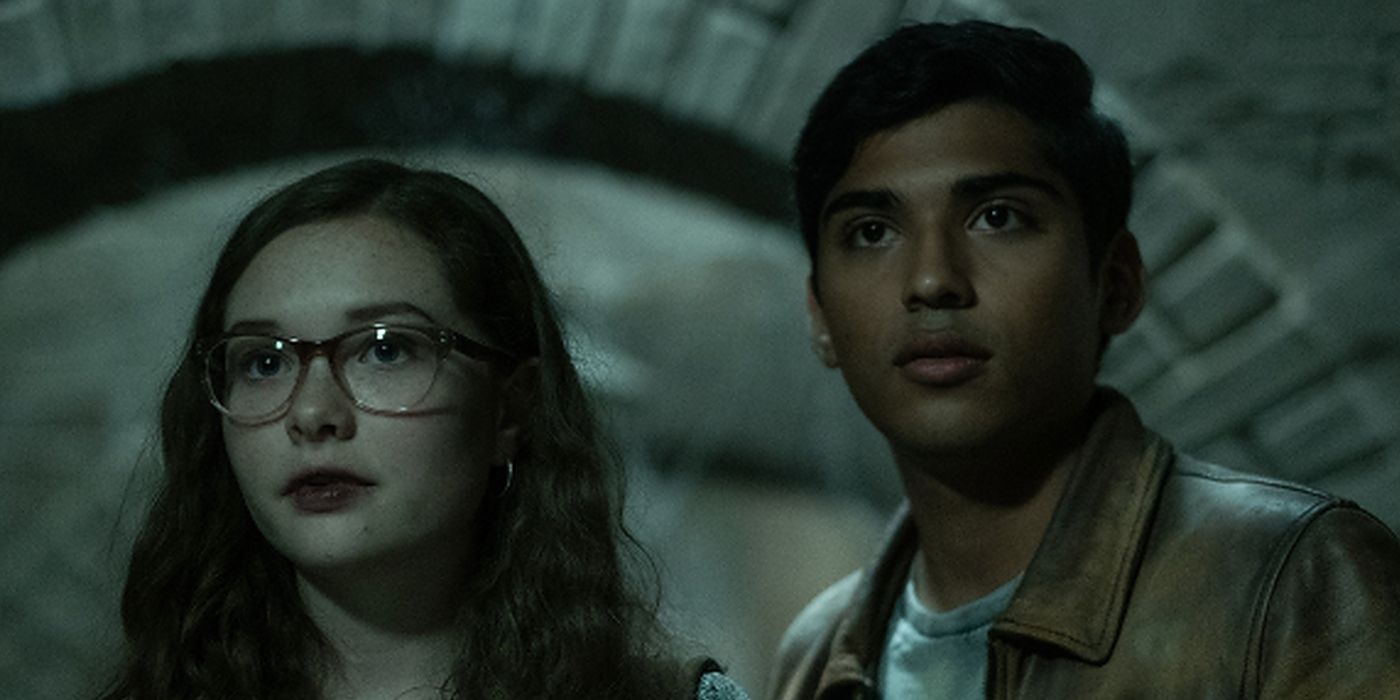WARNING: The following contains spoilers for Scary Stories To Tell In The Dark and Annabelle Comes Home, in theaters now.
A horror movie's setting says a lot about a film Most of the time, the locations and time period of a film can inform a lot of the subtext happening within the narrative. Strangely enough, two recent blockbuster horror films released just over a month apart ended up sharing the same basic setting. Both Scary Stories To Tell In The Dark and Annabelle Comes Home take place in the same time period.
However, both films went about exploring the location in different ways, finding different things to try and say about the era. Now, CBR is taking a look back to see which tackled the mid-20th century aesthetic better.
RELATED: Scary Stories To Tell in the Dark Is Terrifying, But Occasionally Dull
The World
Both Annabelle Comes Home and Scary Stories To Tell In The Dark takes place within the same five-year span. As a result, both films have a lot of fun indulging in the culture of the era, while also keeping the protagonists away from potentially resolving plot points with cell phones or the internet. However, they do both explore different elements of the culture. Annabelle Comes Home is more focused on the look of 1972 than the culture that was prevalent at the time. The small town doesn't have an explicit location or place in the country. It's just a small town with a school and grocery store, two very common aspects of pretty much every town in America. Annabelle Comes Home is full of clothing, games and music of the era, but nothing that really ties it to anything in the world around it.
Scary Stories To Tell In The Dark meanwhile features an entire subplot dedicated to the specific politics and real-world conflicts of the time. It's 1968, specifically the week between Halloween and the election of Richard Nixon. The Vietnam War has been raging for years, but the Tet Offensive had begun just earlier in the year. The draft is an explicit element of the story, with one of the very first scenes of the film showing local bully Tommy (Austin Abrams) gleefully enlisting so he can get the opportunity to go to war and "shoot some Communists."
The Story
Scary Stories To Tell In The Dark uses the war to greatly inform Ramón's (Michael Garza) character arc. Ramón is introduced as something of a drifter, merely passing through rural Mill Valley. He's living out of his car, and an expert in a number of skills one would need to survive on their own when they're young. Late in the film, it's revealed he's on the run from taking part in the draft. He's terrified of serving overseas, especially considering what happened to his older brother in the war.
Even though American involvement in Vietnam would continue until 1973, the war is a non-factor in Annabelle Comes Home. That could be because Annabelle Comes Home isn't set in such an outright rural setting or because public perception of the war had changed since 1968. The fact that America is still very much involved in one of it's most controversial military conflicts doesn't really factor into Annabelle Comes Home, and the story is far more centered on the handful of teens at the center of the narrative, with their personal journeys being much more singular and specific.
How The Movies Work
Annabelle Comes Home actually outclasses many of the other films in its franchise by sheer character work alone. The characters are actually given a decent amount of depth, even if they are easily broken down as stock characters. The film does take some time to subvert expectations about them, but for the most part, they are just well-constructed characters who fit to the genre conventions. That's not necessarily a bad thing, it's just not a super complicated one.
By tying the politics of the era to the narrative, Scary Stories To Tell In The Dark is more interested in exploring larger themes. There's no way the Vietnam War is ever being fully addressed in an adaption of a children's horror book series. However, the film does try to explore the concept that being drafted to a war effort could be tantamount to letting a book of the dead choose whether you live or die. It's a compelling place to explore, along with the ingrained racism of the era coming from specific characters towards Ramón.
Tommy repeatedly calls him an offensive slur, and Police Chief Turner (Gil Bellows) lets loose some offensive remarks of his own. It ties the film closer to the harsher politics of 1968, while also addressing modern connotations of that language, which are unfortunately as timely as ever.
The film also undercuts this story by resolving it all too neatly and quickly. This is a horror film with the family in mind, so it can't just dedicate the ending to it. But as the climax of the film comes, Ramón distracts the Jangley Man while Stella (Zoe Colletti) talks to the spirit of Sarah Bellow (Kathleen Pollard). After that, his fears are all apparently resolved. All of the complications that came with the subject matter disappear, including his beloved car that was vandalized with offensive sluts. Hearing that Stella will write to him is all it takes to motivate him as he climbs aboard the bus bound for basic training.
It's a powerful storyline that doesn't have any real resolution, that doesn't touch on any of the subtext of a young man being forced to risk his life for a country that doesn't respect him. He doesn't confront the reasons why he's afraid to die in the Vietnam War or the complicated parts of his subplot. He just gets over it. It's a weirdly sudden way to end the story, not resolving the character arc but merely ending it. The story beat suffers as a result, and it's a shame. While Annabelle Comes Home was content to have straight-forward but solid characters, Scary Stories To Tell In The Dark was more ambitious and tried for something more contextually meaningful... even if it didn't completely stick the landing.
Directed by André Øvredal from a script by by Guillermo del Toro, Patrick Melton and Marcus Dunstan, Scary Stories to Tell in the Dark stars Zoe Colletti, Michael Garza, Gabriel Rush, Austin Abrams, Austin Zajur, Natalie Ganzhorn Dean Norris, Gil Bellows, Javier Botet and Lorraine Toussaint.





